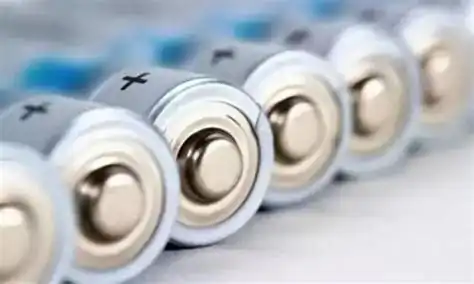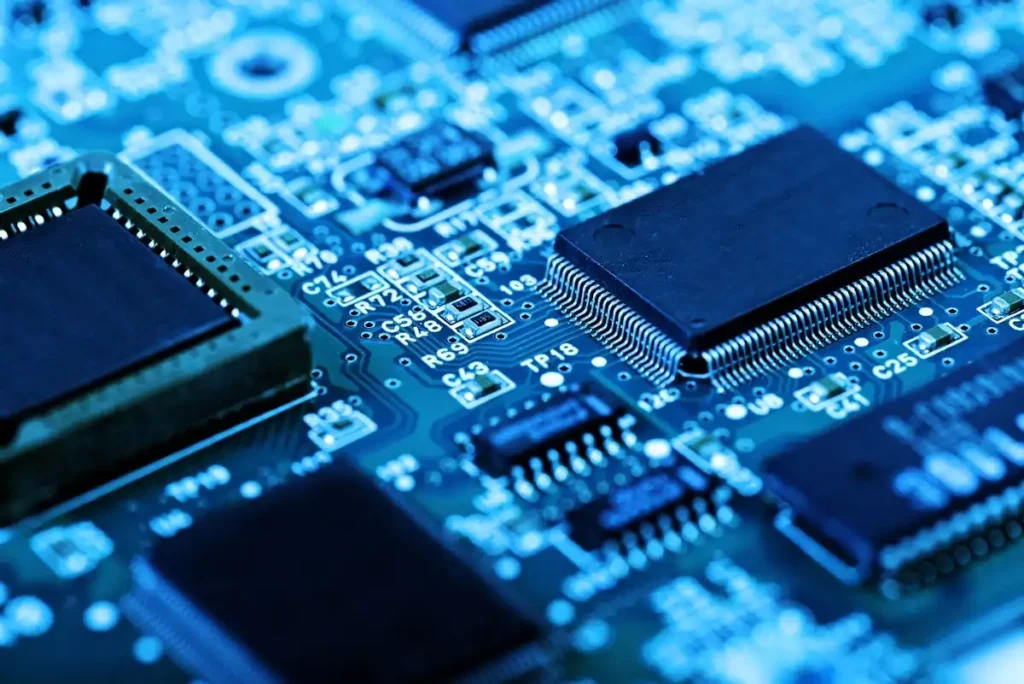Magnesium carbonate’s application prospects in the electronics industry are very broad, extending beyond enhancing battery performance and optimizing electronic component performance to include applications in the optoelectronic glass field and other innovative uses. With continuous technological advancements and the constant expansion of application areas, the use of magnesium carbonate in the electronics industry will become more in-depth and widespread.
I. Enhancing Battery Performance

Magnesium carbonate, with its characteristics of high purity, uniform particle size distribution, and high stability, demonstrates significant potential in the field of battery materials. As an additive or coating material in lithium-ion batteries, magnesium carbonate can significantly improve battery safety performance and service life. Specifically, the addition of magnesium carbonate can effectively enhance the electrical conductivity of battery materials, promote ion movement in the solid state, thereby accelerating battery charge and discharge speeds and increasing discharge capacity and energy density. This performance improvement is crucial for meeting the modern society’s demand for efficient energy storage systems. Furthermore, magnesium carbonate can also serve as a precursor for energy storage materials, participating in the construction of efficient and stable energy storage systems. Particularly in the field of lithium-sodium batteries, the addition of magnesium carbonate not only improves battery performance but also reduces production costs, promoting the rapid development of the new energy industry.
II. Optimizing Electronic Component Performance

Due to its excellent electrical insulation and processing properties, magnesium carbonate is widely used in the manufacturing of critical components such as integrated circuit boards, electronic components, and printed circuit boards. Its good insulation ensures the safe operation of circuits and reduces equipment damage caused by short circuits and other faults. At the same time, the high thermal stability and chemical stability of magnesium carbonate enable electronic components to maintain stable performance in complex and changing environments, extending the service life of equipment. In the fields of microelectronic devices and optoelectronic devices, magnesium carbonate also plays an important role. Through precise preparation processes, magnesium carbonate can be made into thin films or nanostructures with excellent electrical properties, which play a crucial role in sensors, solar cells, and other devices.
III. Applications in the Optoelectronic Glass Field

In the cutting-edge field of optoelectronic glass, the application of magnesium carbonate not only enhances the performance of optoelectronic glass but also injects new vitality into its development in various aspects such as smart buildings, new energy, and electronic displays. The addition of magnesium carbonate can significantly improve the optical properties of optoelectronic glass. By adjusting the refractive index distribution within the glass, it optimizes the propagation path of light, increasing the transmittance and reducing scattering of optoelectronic glass. Simultaneously, magnesium carbonate can enhance the absorption capacity of optoelectronic glass for ultraviolet rays, protecting indoor items from UV damage. In addition, the addition of magnesium carbonate can also regulate the melting temperature and sintering process of optoelectronic glass, forming a denser and more uniform crystal phase structure, significantly improving the hardness, flexural strength, and fracture toughness of optoelectronic glass.
IV. Other Innovative Applications
In addition to the above applications, the innovative uses of magnesium carbonate in the electronics industry are constantly expanding. For example, magnesium carbonate can be used as a raw material for magnesium batteries, realizing energy storage and release through electrolysis. Magnesium batteries have the advantage of high energy density, with a theoretical energy density more than twice that of lithium-ion batteries. Therefore, the use of magnesium carbonate as a raw material for magnesium batteries is expected to achieve more efficient energy storage. At the same time, magnesium is abundant in the Earth’s crust, and the production and recycling processes of magnesium batteries are relatively environmentally friendly, making the application of magnesium carbonate in the field of magnesium batteries have broad prospects.
V. Market Trends and Prospects
Messi Biology states that with continuous technological advancements and the constant expansion of application areas, the application prospects of magnesium carbonate in the electronics industry will become even broader. On the one hand, with the rapid development of emerging industries such as new energy vehicles and smart grids, the demand for efficient energy storage systems will continue to grow, which will drive the widespread application of magnesium carbonate in the field of battery materials. On the other hand, with the popularization and application of technologies such as 5G and the Internet of Things, the performance requirements for electronic components will become increasingly high. Magnesium carbonate, due to its excellent electrical insulation and processing properties, will play an even more important role in the manufacturing of electronic components.
